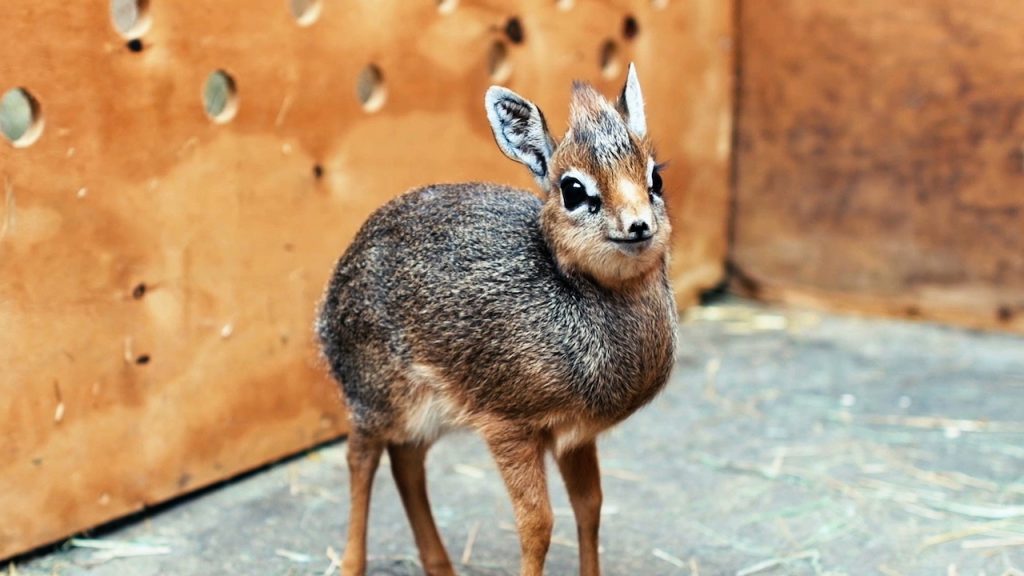The aphorism “When you hear hoofbeats behind you, don’t expect to see a zebra” was originally coined by Theodore Woodward while teaching medical interns at University of Maryland School of Medicine. Source: Wikipedia (I ride the fine line of pretension, where I both use the word, ‘aphorism’ and the source, Wikipedia). Even today, the phrase is so commonly used that rare diseases are referred to as zebras.
If you’re not a fancy-pants, white-jacketed-doctor you might remember the phrase from an episode of Law and Order SVU, where it was repeatedly used. I fall squarely in this camp. Hearing that phrase made me wonder,
based on your location, when you hear hoofbeats which animal should you expect to see behind you?
To answer this question, I had to figure out what’s an even more silly question,
which animals have hooves?
Besides the occasionally bad taste paste joke, it’s not something I often think about. So I went back into the deep recesses of my brain and remembered taxonomy.
There are seven major levels of classification for animals: Kingdom, Phylum, Class, Order, Family, Genus, and Species. Or as I remember them, Kings Play Chess On FiberGlass Stools.
I started at the taxonomic rank of “On” of Perissodactyla. Perissodactyla are odd hoofed animals, so it made logical sense to start there. The living “Fibers” of Perissodactyla are Equidae, Tapiridae, and Rhinocerotidae. Equidae includes animals like horses, donkeys, zebras. Tapiridae are tapirs and Rhinocerotidae are rhinos.
After realizing how much a tapirs and rhinos don’t sound like horses, I moved down to the “Fiber” and stuck to finding data on Equidae, using four main categories:
- Horses
- Donkeys (Asses — This is how FAOSTAT categorizes them, not me being immature)
- Mules
- Zebras.
There were a lot more taxonomy details to go into but it started to feel like I was just reading Latin.
Honorable sidetrack mention to Kirk’s Dik-Dik, which 13 year old me giggles at the name of and 31 year old me thinks is oh-so-cute. Unfortunately, it couldn’t be included because it has an even number of toes which puts them in the “On” of Artiodactyla and makes it much easier for them to count by twos. Kirk’s Dik-Dik is the answer to the question, what would Kirk name a Dik-Dik?
What’s the population of these horse-and-zebra-like animals in each country?
During my data safari, I discovered it’s pretty easy to get population data for domesticated animals, like horses and donkeys. There’s a rhino stampede amount of data on domesticated animals used in agriculture.
But it’s pretty tricky to find downloadable data files for zebras. Zebras are the zebras of animal population data. To get numbers for zebras by country, I read over the International Union for Conservation of Nature’s Red List of Threatened Species latest report on zebras and transformed their estimates into rows in my table. In places there was a range of estimates I went with the range’s upper limit. I also assumed that if there was no zebra data for a country, it was negligible enough to count as zero.
Then I ranked animals by population in each country and found the animal with the most hooves in a country and the animals with the least hooves in a country (assuming an equal number of hooves per animal).
The answer:
You can now use my handy-dandy drop down to answer the question, “When you hear hoofbeats, what animal should you expect?” for each specific country data could be provided for. Click submit and scroll back down to see the results.
When you’re in and hear hoofbeats behind you think not
